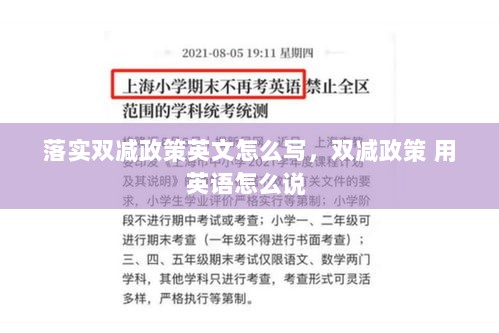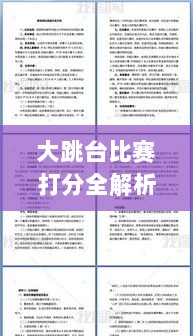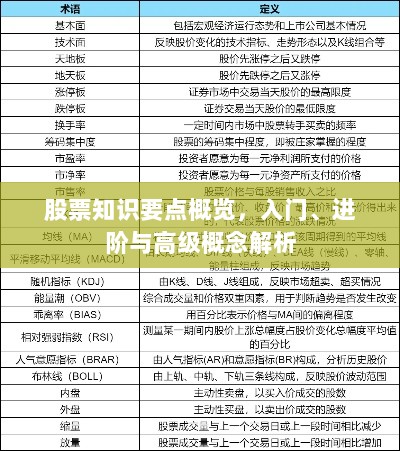Introduction to the Dual Reduction Policy
The dual reduction policy, officially known as the "Dual Reduction in Pressure on Primary and Middle School Students," is a significant educational reform initiative implemented in China. Aimed at alleviating the excessive academic burden on students, this policy has gained both national and international attention. The primary goal of the dual reduction policy is to promote well-rounded development and reduce the overemphasis on academic scores, particularly in the primary and middle school levels.
Background and Rationale
China's educational system has long been characterized by its rigorous academic requirements and high-stakes exams. Students, especially those in primary and middle school, often face intense pressure to excel academically, which has led to numerous negative consequences such as mental health issues, physical health problems, and a lack of time for extracurricular activities. In response to these challenges, the Chinese government introduced the dual reduction policy to address the following key issues:
Excessive homework loads
Extensive after-school tutoring and private education
High stakes testing culture
Key Components of the Dual Reduction Policy
The dual reduction policy encompasses several key components designed to achieve its objectives:
Limiting Homework: The policy mandates that homework should not exceed a certain amount of time each day, depending on the student's grade level. This is intended to ensure that students have enough time for rest, leisure, and other activities.
Regulating After-School Tutoring: The policy bans after-school tutoring for core subjects on weekdays and limits the number of hours of tutoring allowed on weekends and holidays. This is aimed at reducing the financial burden on families and ensuring that students have time for self-study and other pursuits.
Reducing Testing Frequency: The policy also seeks to reduce the frequency of high-stakes exams, such as entrance exams for secondary schools, to minimize the pressure on students.
Encouraging Well-Rounded Development: The policy promotes the importance of physical education, arts, and other non-academic subjects to ensure that students develop a wide range of skills and interests.
Implementation and Challenges
Implementing the dual reduction policy has not been without its challenges. Some of the key challenges include:
Teacher and Parent Resistance: Teachers and parents may resist the changes, as they are accustomed to the traditional educational model and concerned about the impact on academic performance.
Quality Control: Ensuring that schools maintain high educational standards while reducing the academic burden is a delicate balance.
Monitoring Compliance: It is crucial to monitor and enforce the policy effectively to ensure its success.
Despite these challenges, the Chinese government has been taking steps to address them, such as providing training for teachers, offering guidance to schools, and implementing strict regulations on after-school tutoring agencies.
International Perspective
The dual reduction policy has been a subject of interest internationally, with many countries examining its potential as a model for their own educational reforms. The policy's focus on reducing academic pressure and promoting well-rounded development resonates with the global trend of emphasizing holistic education.
However, critics argue that the implementation of the policy may vary significantly across different regions and schools, and that it could lead to a widening of the educational gap if not properly managed. International stakeholders are closely monitoring the outcomes of the policy to assess its effectiveness and impact on student well-being.
Conclusion
The dual reduction policy in China represents a significant step towards addressing the pressing issues of educational pressure on primary and middle school students. While the policy faces challenges in its implementation, its objectives of promoting well-being and balanced development are commendable. The international community will be watching closely to see how the policy evolves and its long-term effects on the educational landscape in China.
As the policy continues to be refined and adapted, it may offer valuable insights and lessons for other countries looking to improve their educational systems and support the holistic development of their students.














 京ICP备11000001号
京ICP备11000001号
还没有评论,来说两句吧...